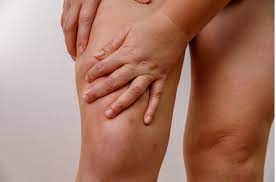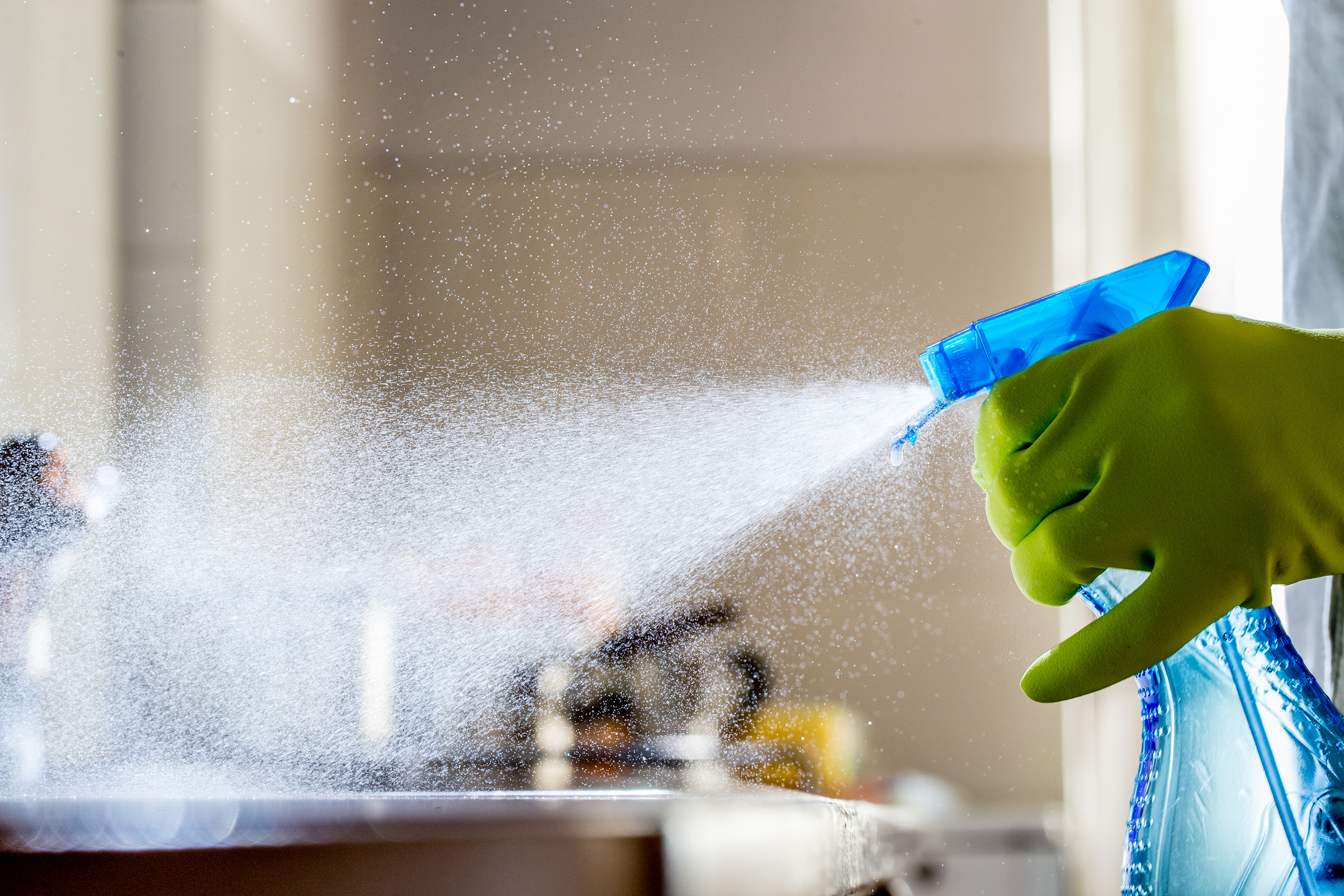Lipedema, often referred to as “painful fat syndrome,” is a chronic condition that primarily affects women Lipedema. It leads to an abnormal accumulation of fat in specific areas of the body, such as the hips, thighs, buttocks, and sometimes arms. This condition not only causes physical discomfort but also emotional distress for those affected. Effective management is essential to improve quality of life and alleviate symptoms.
1. Understand the Symptoms and Diagnosis
Lipedema is often misdiagnosed or mistaken for obesity or lymphedema. Awareness of its key symptoms is the first step in managing the condition. Characteristic symptoms include disproportionate fat distribution, tenderness, bruising, and swelling that worsens over time. Individuals may also experience restricted mobility. Diagnosing lipedema accurately involves consulting healthcare professionals, such as vascular specialists or dermatologists, familiar with the condition.
2. Incorporate a Specialized Diet
While diet alone may not cure lipedema, it plays a crucial role in managing its symptoms. Focus on anti-inflammatory foods such as leafy greens, fatty fish, nuts, and berries. A low-carb or ketogenic diet is often recommended, as it helps reduce inflammation and swelling. Avoid processed foods, refined sugars, and excessive sodium, as these can exacerbate symptoms.
3. Practice Regular Movement
Physical activity can help alleviate symptoms and improve overall well-being. Choose low-impact exercises such as swimming, cycling, walking, or yoga. These activities improve blood flow, reduce swelling, and promote lymphatic drainage without placing too much strain on the joints. Strength training can also be helpful in building muscle tone and supporting mobility.
4. Use Compression Therapy
Compression garments, such as stockings or sleeves, are a vital part of lipedema management. They help reduce swelling, improve circulation, and provide support for affected limbs. Wearing custom-fitted compression gear daily can significantly improve comfort and mobility. Ensure consistency in usage for optimal benefits.
5. Explore Manual Lymphatic Drainage (MLD)
Manual Lymphatic Drainage is a specialized massage therapy designed to stimulate lymphatic flow and ease fluid retention. Performed by certified therapists, MLD can reduce pain, swelling, and tenderness associated with lipedema. Regular sessions, coupled with self-massage techniques, enhance its effectiveness.
6. Seek Emotional Support
Living with lipedema can take a toll on mental health due to body image issues and chronic discomfort. Joining support groups or connecting with others who share similar experiences can provide emotional relief. Therapeutic practices, such as counseling or mindfulness, are also beneficial.
Final Thoughts
Managing lipedema effectively requires a holistic approach tailored to individual needs. By combining proper diet, regular exercise, compression therapy, and emotional support, individuals with lipedema can improve their quality of life and reduce discomfort. If you suspect you have lipedema, consult a trained healthcare provider to begin taking proactive steps today.



